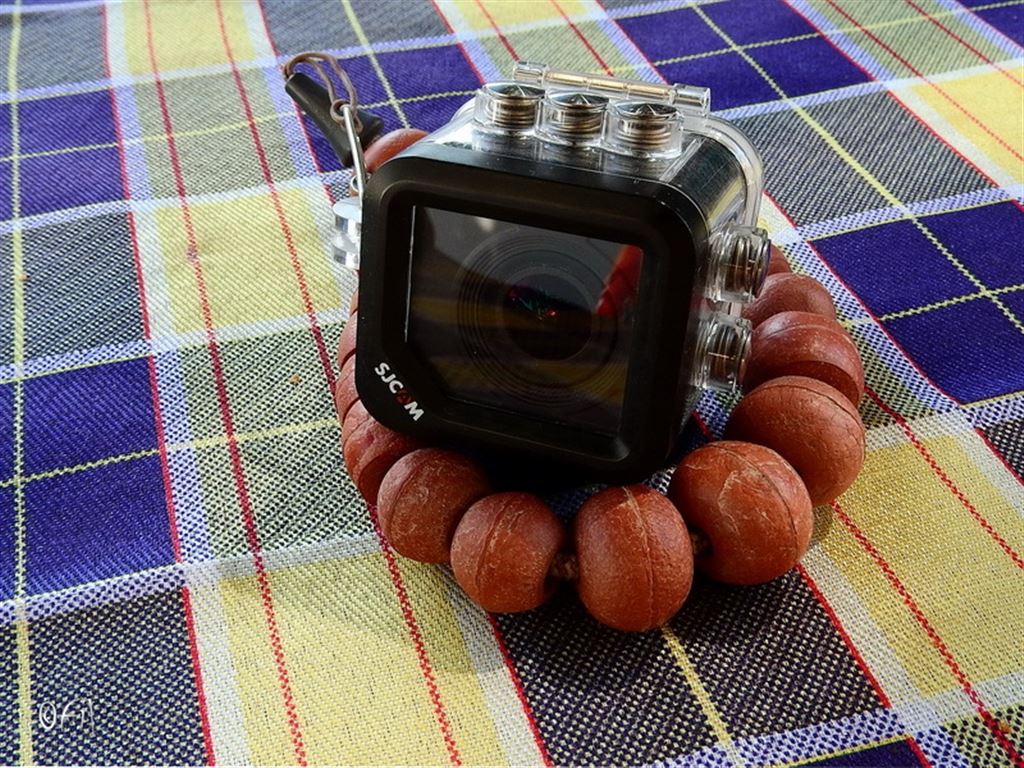Sometimes you’ll hear people complain that their newly bought underwater camera delivers fogged-over images when first used in water. At other times, some cameras sealed against water make perfectly clear photos, and then all of a sudden their lenses and monitors inexplicably mist over from the inside, usually when they return from the outside cold to the warm environment. In all cases, the experience results in frustration.
I’ve read about people returning their camera for the very reason, just to replace it with another which, depending upon circumstances, might develop the same problem.
If an amphibious camera (meaning the one that has been created for dry land and underwater use) has been assembled in humid environment, it will retain the moisture, since its sealings will keep that assembly line air within. Still, the same can occur with normal cameras when these are enclosed in watertight casings, such as ever-popular action cams.
There are several ways to always have and keep the insides of your cameras and waterproof casings dry.
See here https://en.wikipedia.org/wiki/Desiccant for details about some materials which have the ability to collect moisture from ambiental air. The most popular among those is Silica-gel, mainly known as crystals packed in porous paper-like bags. These packs vary; from several grams to kilogram sizes, dependent upon the volume of the container these are supposed to keep dry.
Smallish packages can be put in the camera battery chamber and left there closed overnight. When you replace the Silica-gel with your battery the next day, you can expect the innards of the camera to be as dry as can possibly be expected. And if your waterproof camera casing has sufficient room between the cam and the casing wall (where the Silica-gel package can’t interfere with camera functions), it is good practice to simply keep desiccant pack within. This will make sure your camera lens, monitor, and insides of the casing won’t fog over when you dive.
Silica-gel can be regenerated by heating, either in the oven or in a smaller pot where you hang it in so that the bags do not touch the pot sides. Just lay a fork across the pot, and hang the Silica-gel packages from it by small wire hooks or paper clips. Heat up the pot and dry the packs for half an hour or so to get rid of their accumulated moisture.
Keep the regenerated bags in some airtight container (screw down lidded coffee jar?) until you need to use them again.
Small action cams have very tight space between the cam and waterproof casing. Sometimes such a gap is smaller than the size of Silica-gel crystals and you can’t fit even the smallest desiccant pack within. Obviously, you’ll need another approach.
You know those tubular containers of vitamin tablets which are dropped in glass of water to make sparkling vitamin drinks? There is some very fine desiccant in those tube plugs under the paper seal, which is a sand-like non-toxic Silica-gel. If you carefully open a teabag and replace the tea with this "sand", you get one very slim package which can be squeezed beside the action cam to efficiently do its job. Just be careful when creating and manipulating such packs, so as not to spill the fine granules all over the camera – it could be quite hard to clean it out!
This type of desiccant is regenerated in the same way as described above. Be careful, though: teabag material burns!
Yet another way to get rid of moisture is to enclose the cam (with all hatches open or removed) in some airtight container together with crushed wads of cheapest newspaper. Newspaper is very hygroscopic. Just do not use lacquered (shiny) paper, the typical old-style grayish “rag” is better. It will collect even the smallest traces of moisture overnight. This is cheap and simple, and for smaller cameras one can even use an empty resealable Nescafe tin can as an airtight space.
Common rice works too, but take care the rice and dust do not get inside the camera. To ensure this, remove or open all camera hatches and closures, then wrap the cam in newspaper. Put it into the airtight container, pour rice over everything, and close tightly. Leave overnight, then carefully remove rice, unwrap the cam, inspect the openings for dust, and meticulously clean it, especially the sealing parts and surfaces.
You can use this rice to scare up some meal later, too; its role of desiccant won’t change it!
If there is no other material to keep the air around the camera within its casing dry, remember the ole blotter! Although majority of folks nowadays use keyboards instead of pen and ink, blotter paper still does exist, doing what it always did. Which is, well, blotting off surplus liquid. Moisture is liquid too, so you could play with a piece of blotter paper and scissors to create thin, eficacious moisture removers, made to measure just for your specific action cam casing.
Last but not least, there's the common tissue paper, of course. To re-dry for the next use, just keep paper pieces in the stream of warm air ventilated from your computer. Keep your dry desiccant pieces in airtight Zip-loc until next use.
I’m sure you can come up with something ingenious to keep the cameras dry too, and if you do, share it here in the Comment section - for others to learn!

SJCAM M10+ with DIY flotation bracelet (see my article about making a Flotation Bracelet!)